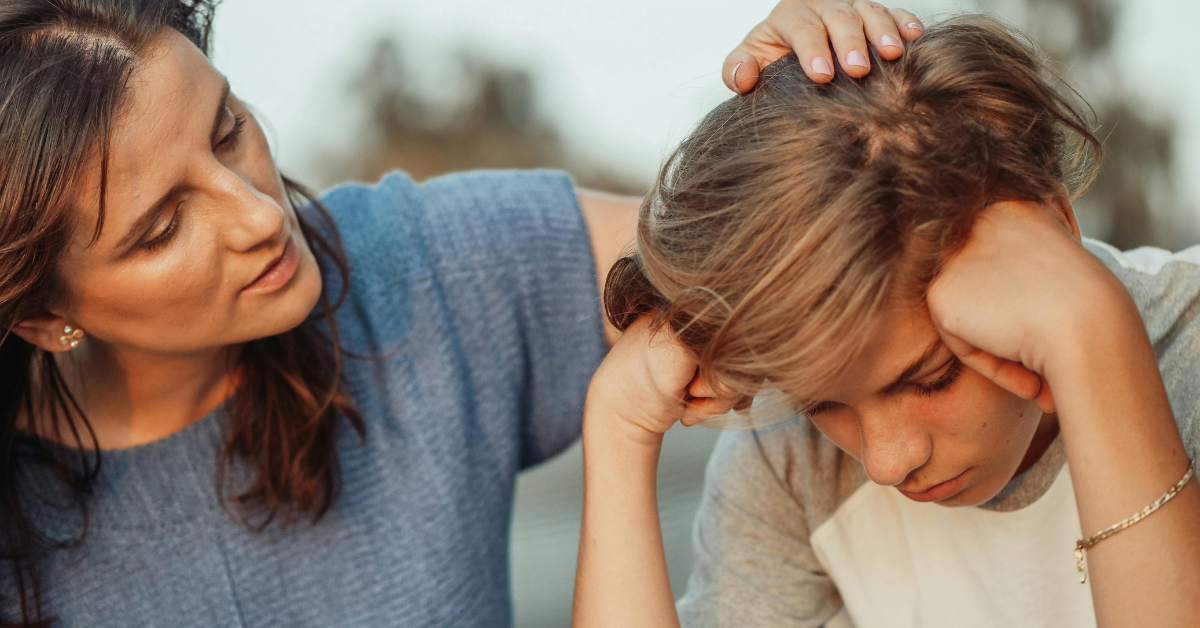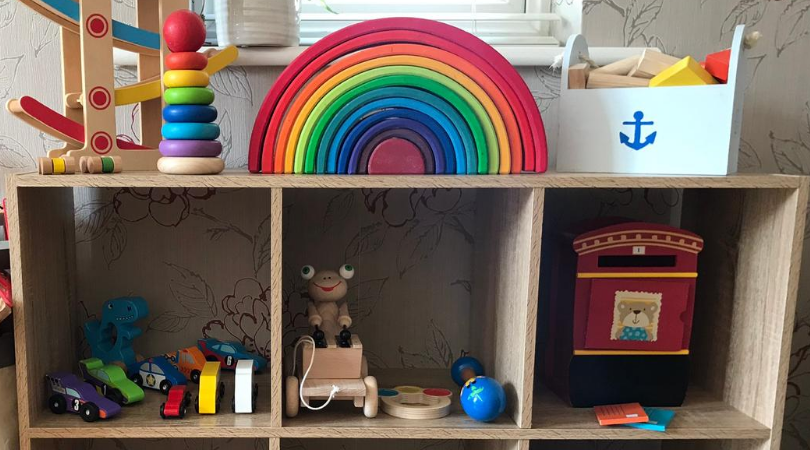
Eco-Anxiety vs Depression: What Parents Should Know

*Collaborative Post
Eco-anxiety has become a growing concern for many young people. It’s the fear or stress about climate change and environmental issues. For some, this worry feels overwhelming.
But how do parents tell eco-anxiety apart from depression? They share some signs but stem from very different causes. Understanding these differences matters. Knowing when to act can make all the difference for your child’s well-being.
Join us as we delve into symptoms, triggers, coping strategies, and when to seek professional help. Simple solutions can start at home.
Defining Eco-Anxiety and Its Triggers
Eco-anxiety refers to persistent worry about environmental crises like climate change, deforestation, or pollution. Unlike general stress, this anxiety directly links to fears for the planet’s future.
Triggers can include alarming news reports, witnessing natural disasters, or feeling helpless about making a difference. Children and teens may express this through sadness, frustration, or even guilt over their perceived lack of action.
While eco-anxiety stems from genuine concerns about the world around us, it is not considered a mental illness but rather an emotional response to real-world issues. Understanding these triggers helps parents respond with empathy and effective support systems.
Recognizing Depression in Young People
Depression in young people involves more than occasional sadness. It includes ongoing feelings of hopelessness, irritability, or a loss of interest in activities they once enjoyed.
Common signs include changes in appetite or sleep patterns, withdrawing from friends and family, or struggling with concentration. Unlike eco-anxiety, depression doesn’t always have an identifiable cause, and it can arise without a specific trigger.
For parents, the key is observing shifts in mood and behavior over time. If your child appears disconnected from daily life or expresses feelings of worthlessness, it may indicate a deeper issue that requires professional evaluation and timely intervention.
When to Seek Professional Help for Your Child
It’s important to seek professional help if your child’s emotions interfere with daily life or persist despite support at home. For eco-anxiety, therapy can provide tools to manage overwhelming feelings and channel them into positive actions.
However, if symptoms point toward depression, such as prolonged sadness, hopelessness, or self-harm thoughts, consult a depression therapy specialist immediately. They’ll provide structured strategies tailored to address underlying issues and build resilience.
Start by speaking with your child’s doctor for referrals. Trusted therapists create safe spaces where children feel heard and supported, guiding them toward recovery step-by-step in a compassionate way.
Spotting Signs at Home
Since around 20% of under-17s have experienced at least one bout of severe depression, it’s important to pay attention to how your child reacts during daily routines. Are they unusually upset after watching environmental news? This could indicate eco-anxiety. If they withdraw from conversations altogether, depression might be a concern.
For example, skipping family dinners to isolate or showing anger when discussing the future may hint at deeper struggles. Look for patterns over time, and ask if their emotions seem tied to specific triggers, like climate talk, or if they persist regardless of topic.
Approaching these moments calmly helps build trust. Open-ended questions like “What’s on your mind?” encourage them to share without feeling judged or dismissed.
Simple Coping Strategies for Families
Help your child manage eco-anxiety or depression with small, consistent actions. Limit exposure to overwhelming news by setting boundaries around screen time and focusing on positive environmental stories.
Spending time outdoors offers a calming reset, and activities like walking in the park or gardening can help ease tension. Encourage involvement in community projects, such as recycling drives or tree planting, to turn worries into proactive efforts.
Create space for open conversations without pressure to “fix” their feelings. Reassure them that it’s okay not to have all the answers, while emphasizing the importance of self-care practices like good sleep habits, balanced meals, and relaxation activities together.
How Community Involvement Can Reduce Stress
Joining community initiatives can shift your child’s focus from fear to action. Participating in group efforts like cleanup drives, local climate meetings, or school sustainability projects fosters a sense of purpose and connection.
Working with others on shared goals reduces feelings of helplessness tied to eco-anxiety, which is especially prevalent in regions where the impact of climate change is being felt most distinctly. It’s the same thing as tackling a big project, as breaking it down with teamwork makes it feel more achievable.
Encourage your child to share ideas and celebrate small wins, whether planting a garden or reducing household waste. These activities help channel worry into hope, building resilience while strengthening ties within their social environment.
Wrapping Up
Eco-anxiety and depression can affect young people in profound ways, but recognizing the differences is key to providing practical support.
With open communication, practical coping tools, and professional guidance when needed, families can navigate these challenges together. By addressing emotional needs with care and understanding, you empower your child toward well-being.
*This is a collaborative post. For further information please refer to my disclosure page.




